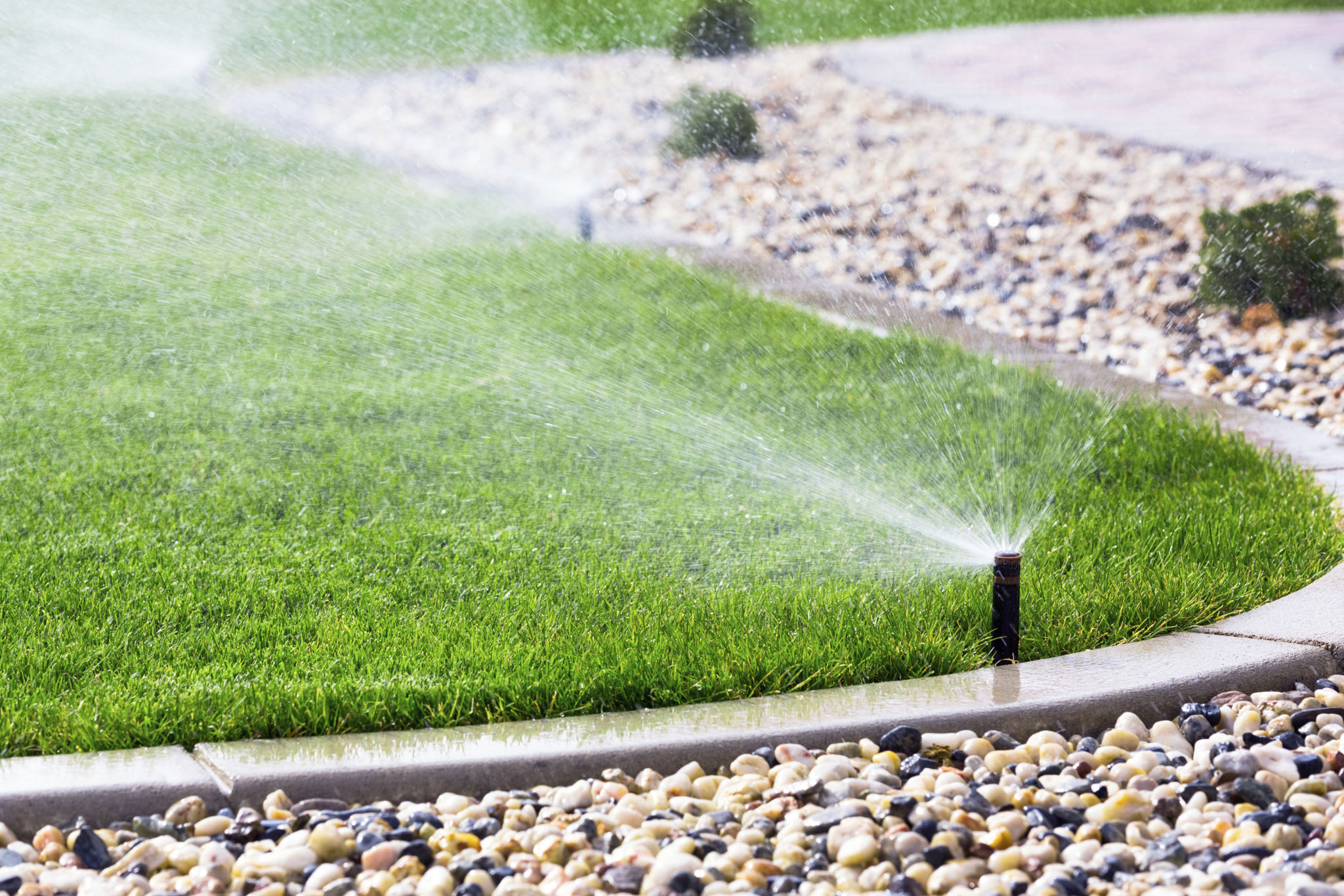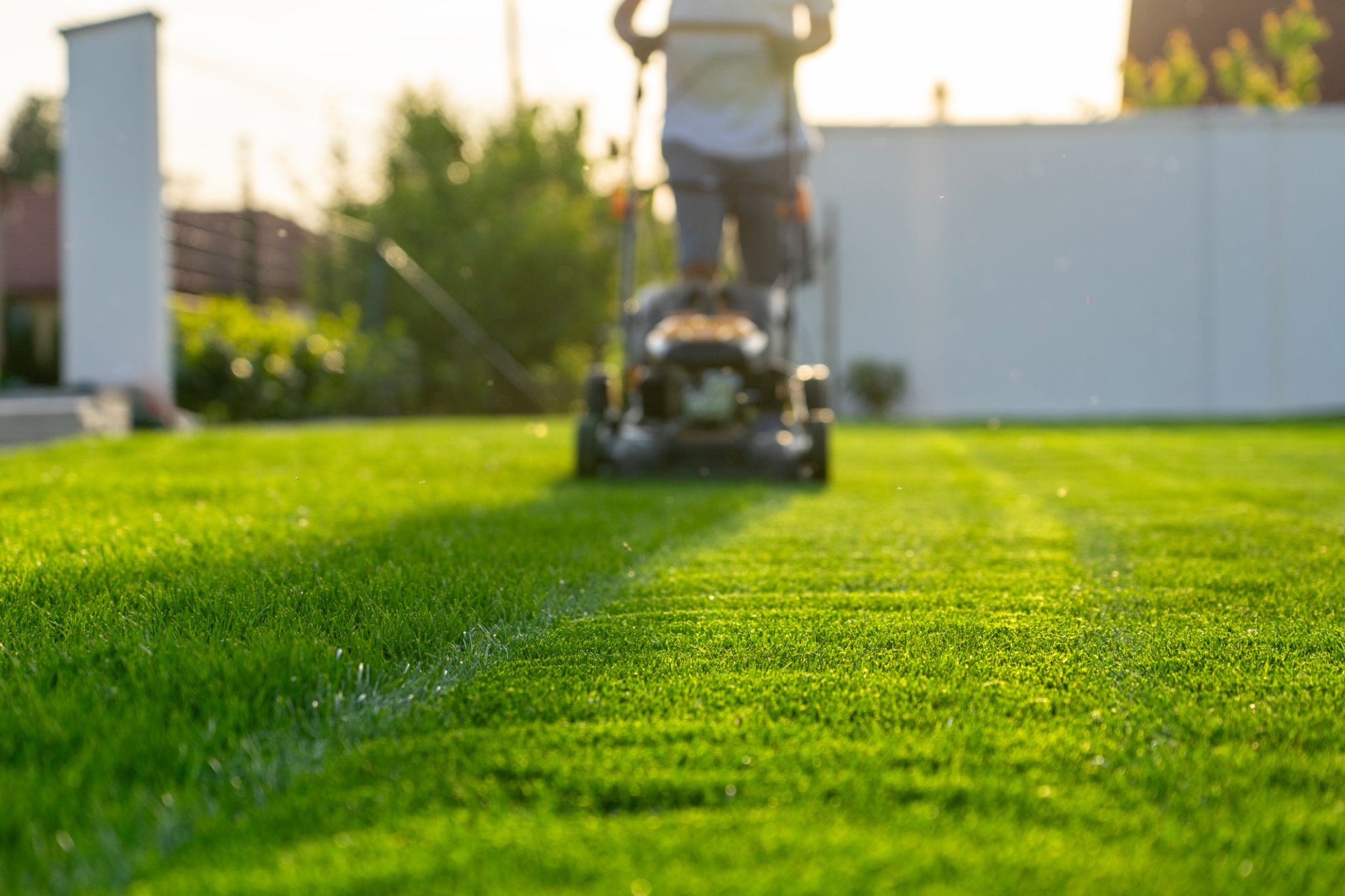Common Lawn Care Mistakes and How to Avoid Them in Texas
Understanding Texas Climate
Lawn care in Texas can be a unique challenge due to its diverse climate, ranging from arid in the west to humid in the east. One common mistake is not recognizing the specific needs of your lawn based on your region. Different areas may require different grass types and care schedules. Understanding the climate will help you select the ideal grass and care techniques for a thriving lawn.

Choosing the Wrong Grass Type
One of the most frequent errors in lawn care is choosing a grass type that isn't suitable for your region. In Texas, selecting a grass that can withstand high temperatures and varying amounts of rainfall is crucial. Popular choices include Bermuda, St. Augustine, and Zoysia grasses. Ensure you choose a grass type that matches your local conditions to avoid unnecessary stress on your lawn.
St. Augustine Grass
St. Augustine grass is well-suited for the humid regions of Texas, offering a lush, green appearance. However, it requires more water than other types, so it may not be ideal in areas with frequent droughts.
Overwatering or Underwatering
Watering is a critical aspect of lawn care that often goes wrong. Overwatering can lead to shallow root systems and fungal diseases, while underwatering can cause stress and brown patches. In Texas, it's important to water deeply but infrequently to encourage deep root growth. Typically, lawns need about an inch of water per week, including rainfall.

Effective Watering Techniques
Water your lawn early in the morning to reduce evaporation and fungal risks. Use a rain gauge or moisture sensor to ensure you're providing the right amount of water for your lawn's needs.
Improper Mowing Practices
Mowing might seem straightforward, but incorrect practices can harm your lawn. Avoid cutting more than one-third of the grass blade at once, which can stress the lawn and make it susceptible to pests and diseases. Keeping mower blades sharp ensures a clean cut and promotes healthy growth.
Mowing Height
The optimal mowing height varies with grass type. For example, Bermuda grass thrives when kept around 1-1.5 inches tall, while St. Augustine should be maintained at 2.5-3 inches. Adhering to the recommended height is crucial for healthy turf.

Neglecting Soil Health
A healthy lawn starts with healthy soil. Many homeowners overlook soil testing, which can reveal nutrient deficiencies or pH imbalances that need correction. Conduct soil tests every few years and amend your soil with fertilizers or lime as necessary to maintain optimal conditions.
Aeration and Compaction
Compacted soil restricts root growth and water absorption. Aerating your lawn once or twice a year helps alleviate compaction, allowing air, water, and nutrients to reach the roots more effectively.
Pest and Weed Control Oversights
Pests and weeds can quickly take over a lawn if not managed properly. Integrated Pest Management (IPM) strategies can help you control these nuisances without harming beneficial organisms or the environment. Regularly inspect your lawn for signs of infestation and treat promptly.
By recognizing these common lawn care mistakes and adjusting your practices accordingly, you can maintain a vibrant and healthy lawn in Texas. A well-maintained lawn not only enhances your home's curb appeal but also provides a pleasant outdoor space for relaxation and recreation.
